Strengthening STEM Education in India: Challenges, Government Initiatives, and the Path Forward | (Sat 25 May 2024 00:38)
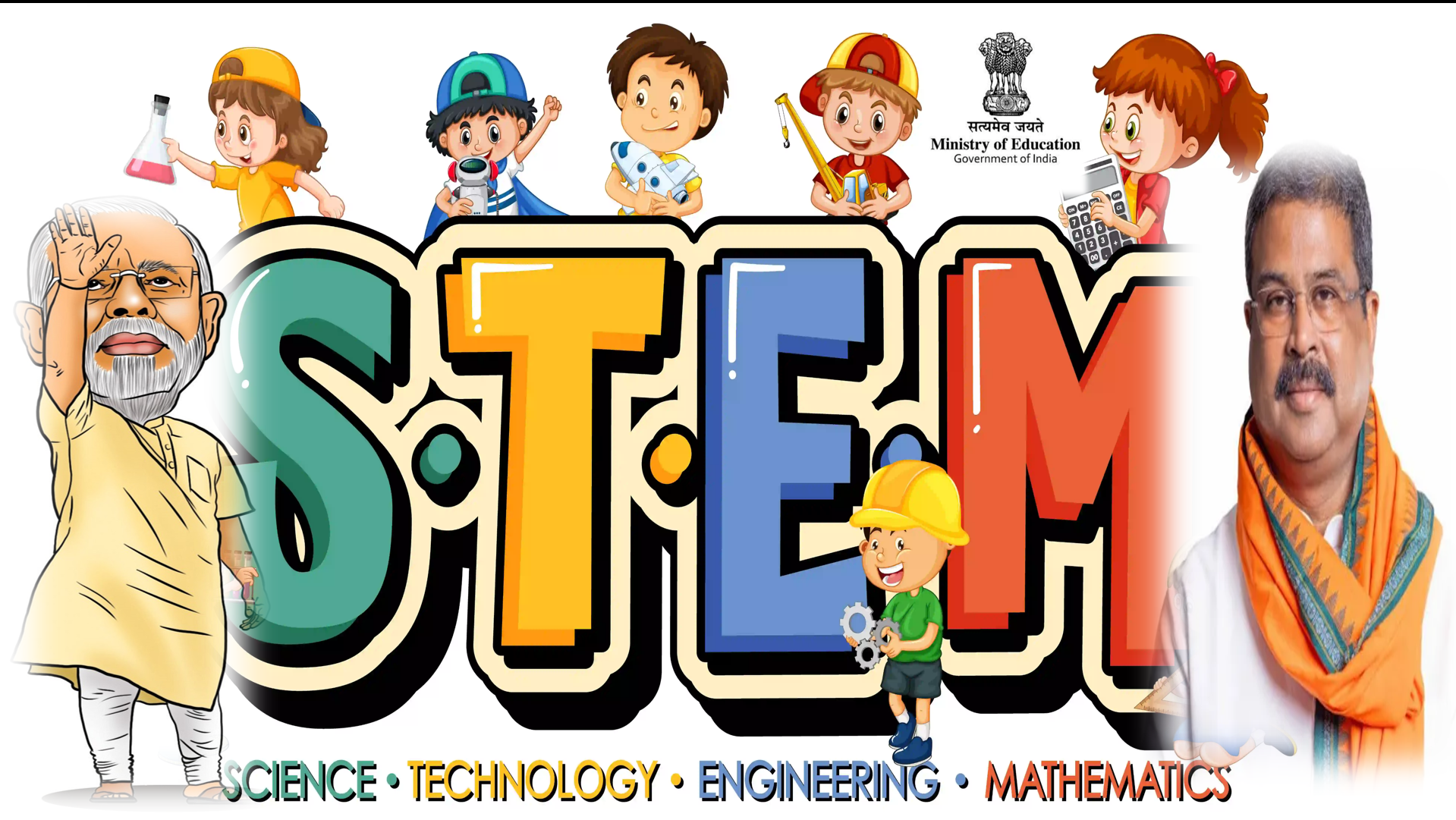
Why Is This Important?
Recent studies reveal that a significant number of students graduating from private engineering colleges, newer Indian Institutes of Technology (IITs), and universities lack the basic skills required by the industry. This highlights a critical gap in India’s STEM (Science, Technology, Engineering, and Mathematics) education system.
The Importance of STEM in India
-
STEM as a Key Pillar:
STEM—comprising science, technology, engineering, and mathematics—is crucial for developing the skills needed to succeed in industries like computing, engineering, biotechnology, and space technology. -
India’s Contribution to Global STEM Workforce:
India produces 31.7% of the world’s STEM graduates and boasts one of the largest STEM job markets. The country is also a global leader in fields like space technology and pharmaceuticals. -
Women’s Participation:
India has one of the highest rates of female STEM graduates globally, with women accounting for over 43% of all STEM graduates, including a record-breaking 40% enrollment in STEM fields, according to the UGC Chairman. -
Tech Innovation and Startups:
India is a major player in global innovation, ranking 39th in the Global Innovation Index and the third-largest hub for unicorn startups, many of which stem from the STEM sector. -
Employment Opportunities:
STEM fields are expected to account for 80% of the jobs created in the next decade, with India’s young population needing to develop the necessary skills to meet this demand.
Challenges in STEM Education and Research
-
Faculty Shortage:
Many institutions suffer from a shortage of qualified faculty, which impacts teaching quality and limits mentorship opportunities for students. -
Deficiency in Teaching Quality:
Many faculty members are more focused on research output to maintain institutional rankings rather than on improving teaching and scholarship. -
Industry-Unready Graduates:
A significant portion of STEM graduates are not adequately prepared for industry roles, leading to a mismatch between educational output and job market needs. -
Declining Enrollment in Higher Education:
Fewer students are pursuing advanced STEM education, while the demand for STEM jobs continues to rise, with a 44% increase in STEM job postings in 2020. -
Inequities in Access to Quality Education:
Access to high-quality STEM education remains limited, with only 5% of STEM students coming from premier institutions like IITs and IISc. -
Flawed Ranking Systems:
Institutional rankings focus heavily on research output (papers and patents), neglecting the importance of teaching quality and pedagogical innovation. -
Lack of Research Culture and Collaboration:
Most institutions operate in isolation, with limited collaboration with research organizations, reducing exposure to cutting-edge research and limiting the scope of innovation.
Government Initiatives to Address Issues
-
National Education Policy (NEP) 2020:
NEP promotes interdisciplinary studies, critical thinking, and research-focused education, aiming to transform STEM learning. -
Anusandhan National Research Foundation (ANRF):
The PAIR program encourages collaboration between research and teaching institutions through joint projects and faculty exchanges. -
Funding in Key STEM Areas:
The government is investing in emerging fields like quantum computing, AI, and cybersecurity to strengthen India’s STEM capabilities. -
Women-Centric Initiatives:
Programs like Vigyan Jyoti, WISE-KIRAN, GATI, and I-STEM focus on enhancing women’s participation in STEM fields and fostering gender parity in science and technology. -
Capacity Building Programs:
The government provides support through programs like SERB-POWER, BioCARe, and WEST, designed to improve the participation of women in research and development.
What Needs to Be Done?
-
Focus on Teaching and Pedagogy:
Teaching institutions should prioritize pedagogical training for faculty, shifting the focus from just research output to improving teaching quality. -
Capacity Building for Faculty:
Continuous development through mentorship and faculty development programs is essential for enhancing the quality of STEM education. -
Separate Rankings for Teaching and Research:
Institutions should be ranked separately for teaching and research to reduce the pressure on faculty to produce research at the expense of effective teaching. -
Collaborative Degree Programs:
Joint degree programs between research-focused and teaching-oriented institutions can improve student quality and foster meaningful academic partnerships. -
Creating Teaching Tracks:
Institutions should establish dedicated teaching tracks, where faculty can focus on pedagogy without the added pressure to publish research. -
Leveraging Technology:
Online platforms, virtual labs, and digital tools can enhance accessibility to quality education, especially for students in under-resourced institutions, and foster greater collaboration across the country.
The Conclusion
India’s STEM education system faces critical challenges, from faculty shortages and mismatched graduate skills to inequities in access to top-tier institutions. However, ongoing government measures, like the National Education Policy and various gender parity initiatives, aim to address these issues. By focusing on teaching quality, increasing faculty support, and fostering collaborations, India can enhance its STEM ecosystem, better preparing its youth for the future job market.
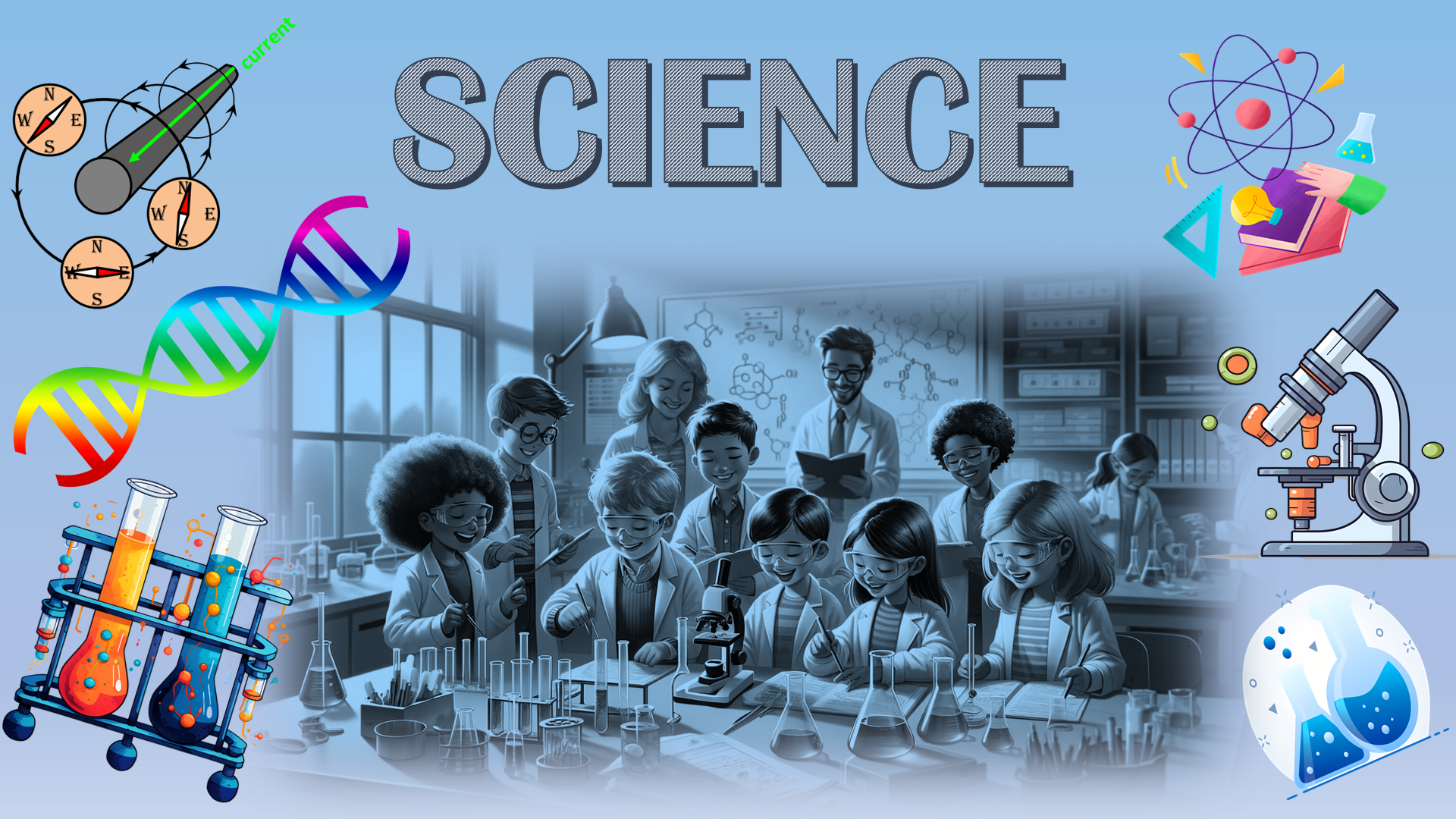
Physics, Chemistry, Biology and Geography.

Computer Programming, languages & their frameworks.
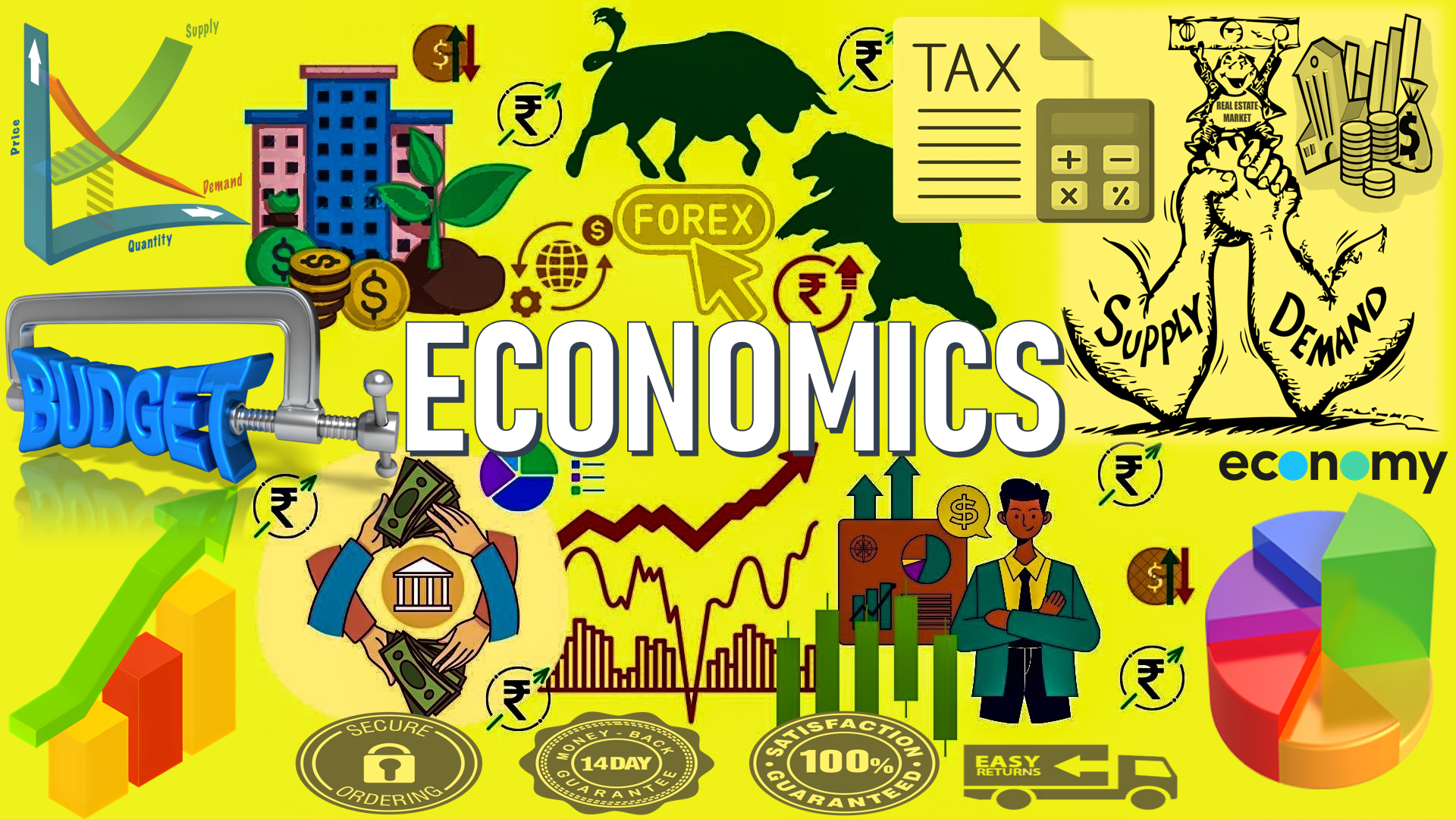
Economics, Accounts and Management.

Reviewing old and new books.

Ancient, Medieval, Modern, World History.
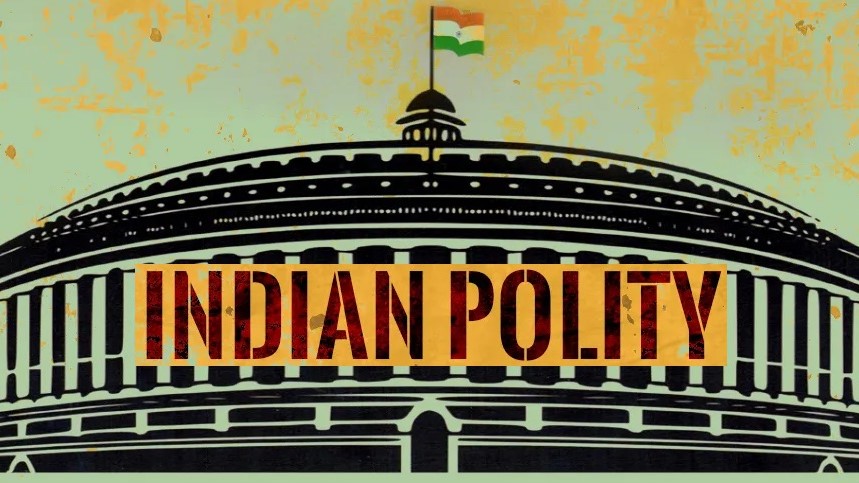
Indian Constitution, Politics, Policies, etc.

Everything related to International Affairs.
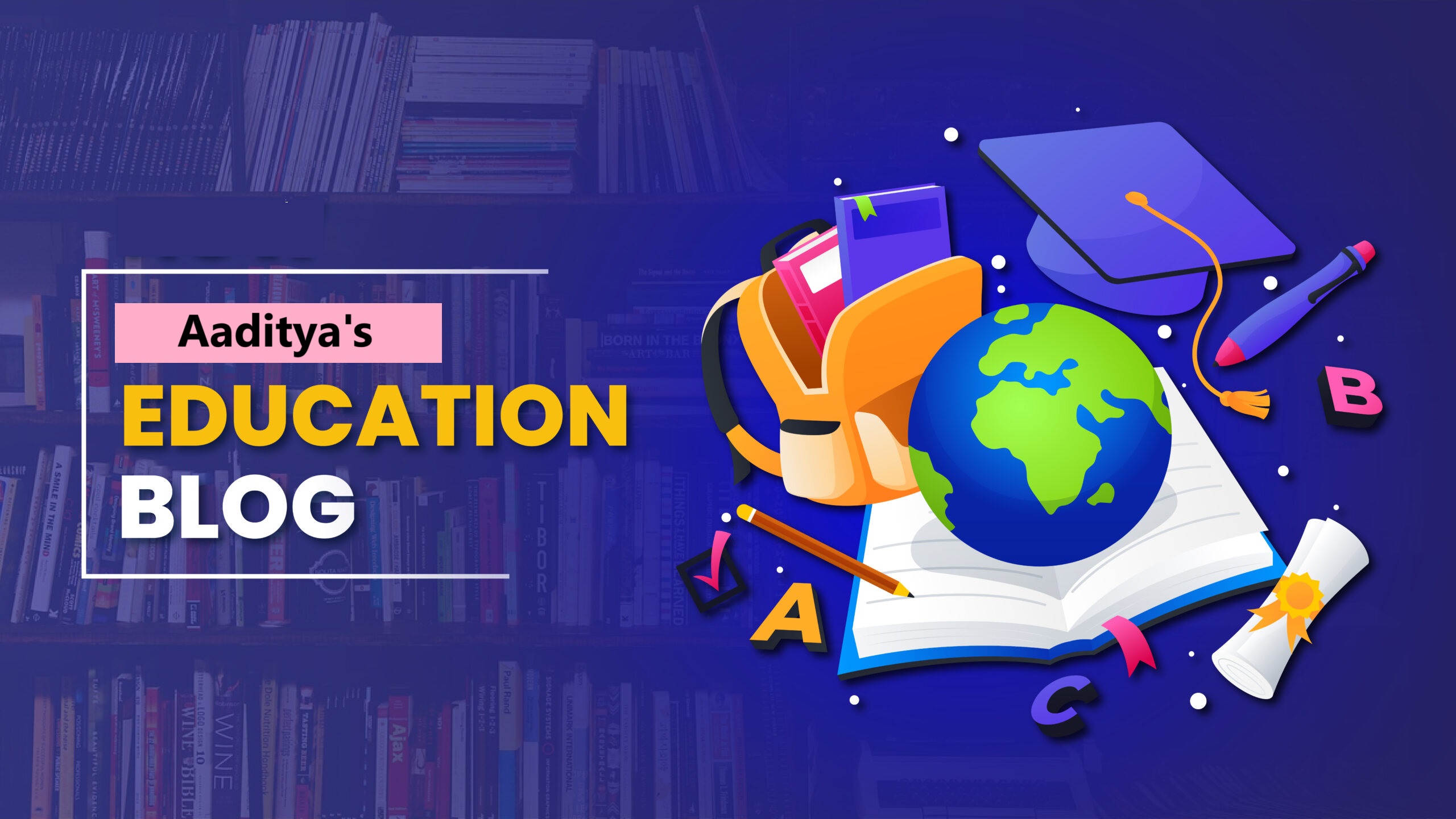
For all humanities topics, except History & Polity.
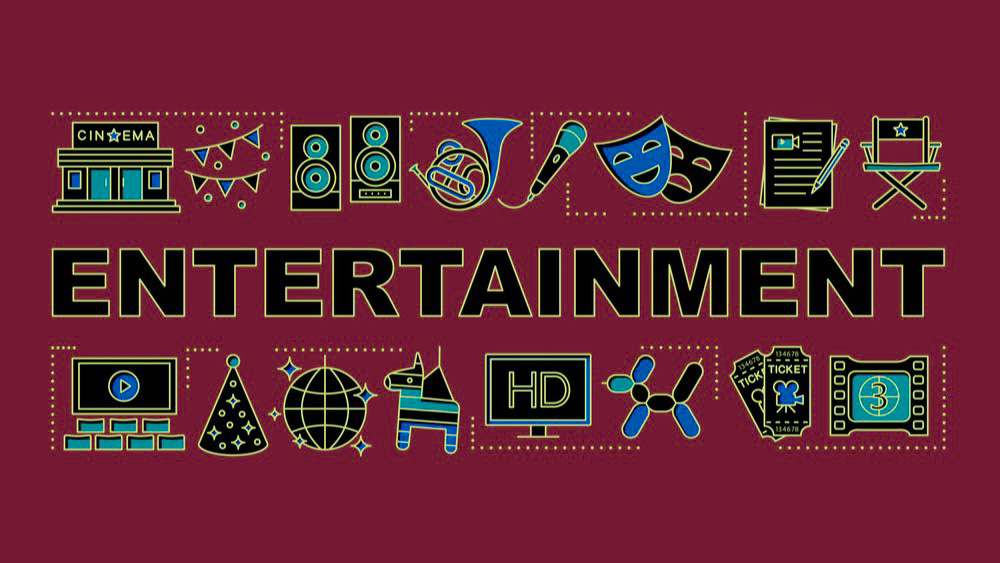
Anything related to entertainment industry.
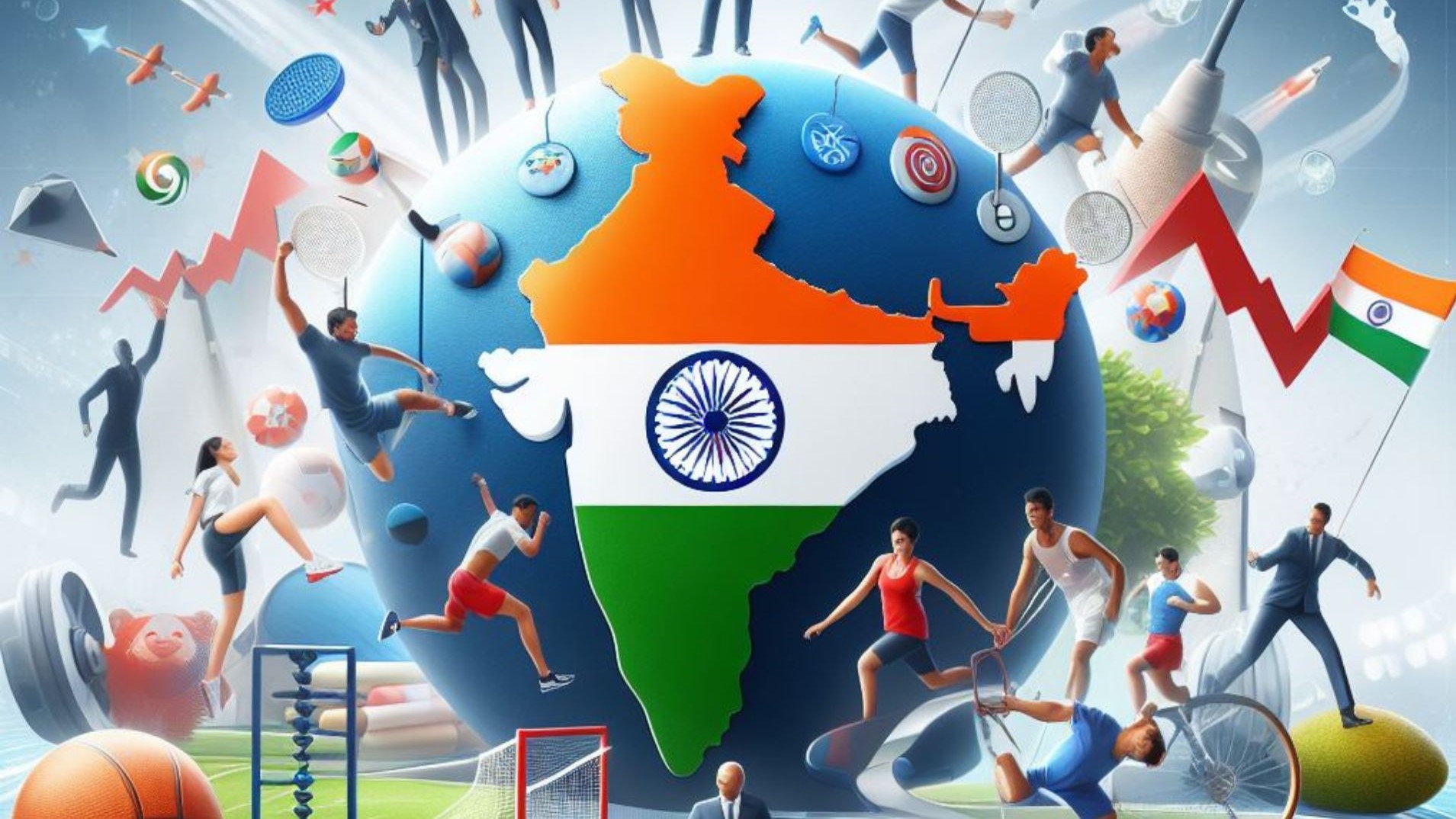
Mainly Cricket but other sports too.

CS, IT, Services & Corporate Sector.
Comments
No comments yet. Be the first to comment!
Leave a Comment